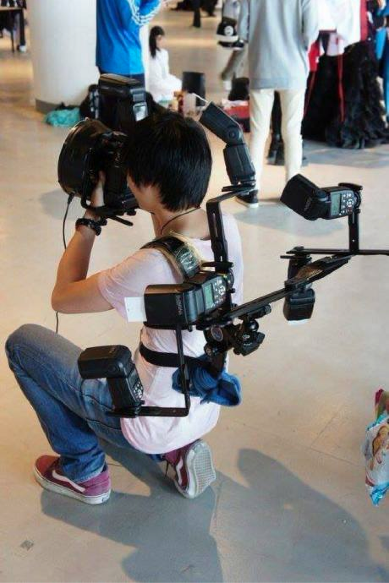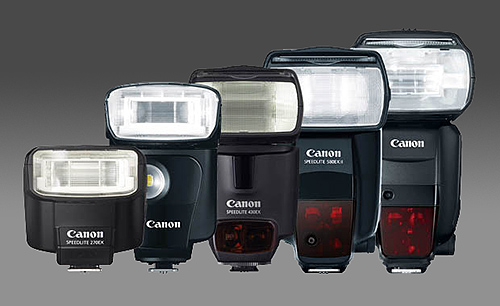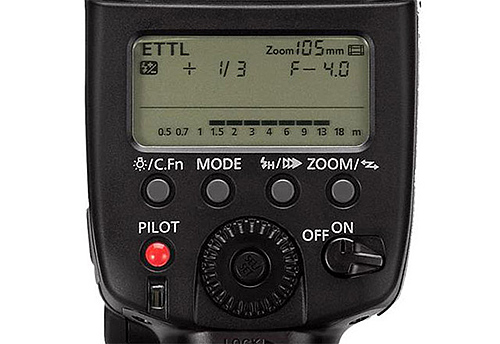
GN, short for Guide Number, Is the amount of power the light transmitted by a flash device is. It’s the result from multiplying distance (in meter or feet) and aperture.
The power of the flash is measured with the GN which describes the flash’s capacity in illuminating objects within a certain distance (in meters). Modern flashes supports TLL technology that allows it to set its power according to the distance the object is to the camera, so the risk of it being too bright or too dark can be eliminated.

If we user the TTL, then we no longer need to bother with manually calculating the distance or aperture that we need for our photograph. But if the flash doesn’t support TTL, then the formula for getting the GN value is:
GN = Aperture x Distance of Object from Flash
(Standard condition in ISO 100)
On the basis of this calculation, we can also determine the ideal distance between the object and flash and also calculate the right aperture needed for the shot by using:
Distance of Object from the Flash = GN / Aperture
Aperture = GN / Distance of Object from the Flash
For example:
Say the flash has a GN value of 45, then using the ISO 100 settings and an aperture of f5.6, the optimal distance of object from flash is:
Distance = GN / Aperture
Distance = 45 / 5.6
Distance = ~8 Meters

Calculating the Compensation Value
We’re often met with cases as photographers where we’d have to calculate the appropriate flash power when shooting, whether it be 1/2, 1/4, 1/8, and so on. Beforehand, the general formula that needs to be understood is:
The GN formula which is:
GN / Distance = Aperture
Example:
A flash with 45 GN, used for photographing objects 3 meters away from the flash, using an aperture of f5.6, needs how much flash power for a photograph shoot?
Formula:
– GN/Distance – 45/3 meters = 15 meters. We can round this up to 16, so the resulting aperture is f/16.
– But the desired aperture is f/5.6.
– So what needs to be figured is the difference (in aperture stops) between 16 and 5.6.
– Between f/16 and f/5.6, there’s f/11 then f/8, therefore f/16 and f/5.6 is 3 stops away from each other.
– This means the power of the flash needs to be lowered by 3 stops too: Full power – 1/2 – 1/4 – 1/8 .
– Therefore, the power needed for the flash when the GN is 45 and photographing objects 3 meters away using f/5.6 aperture is 1/8.
Calculating the GN in certain ISO
Because the basis of the GN formula uses a standard of ISO 100, then to increase the intensity and range of the flash to be wider and farther, we’d have to increase the value of the ISO. The higher the ISO is, the higher the sensitivity of the
GN (ISO*) = GN x square root of (ISO*/100)
With a GN of 56, then to calculate the GN for ISO 200 we’d need to:
GN (ISO 200) = 56 x square root of (200/100)
GN (ISO 200) = 56 x 1.4
Therefore, the GN value for ISO 200 is 79.2.
















